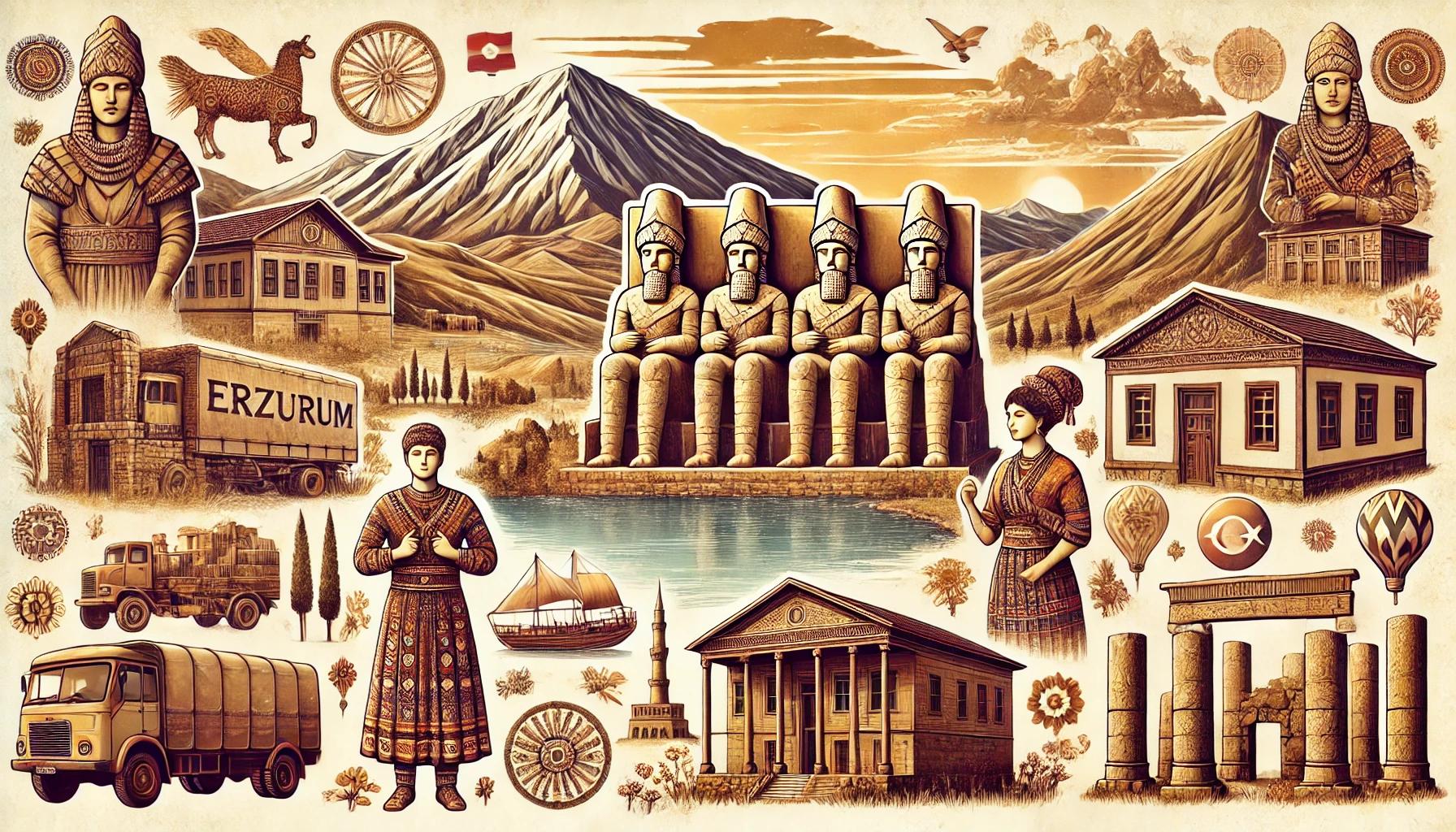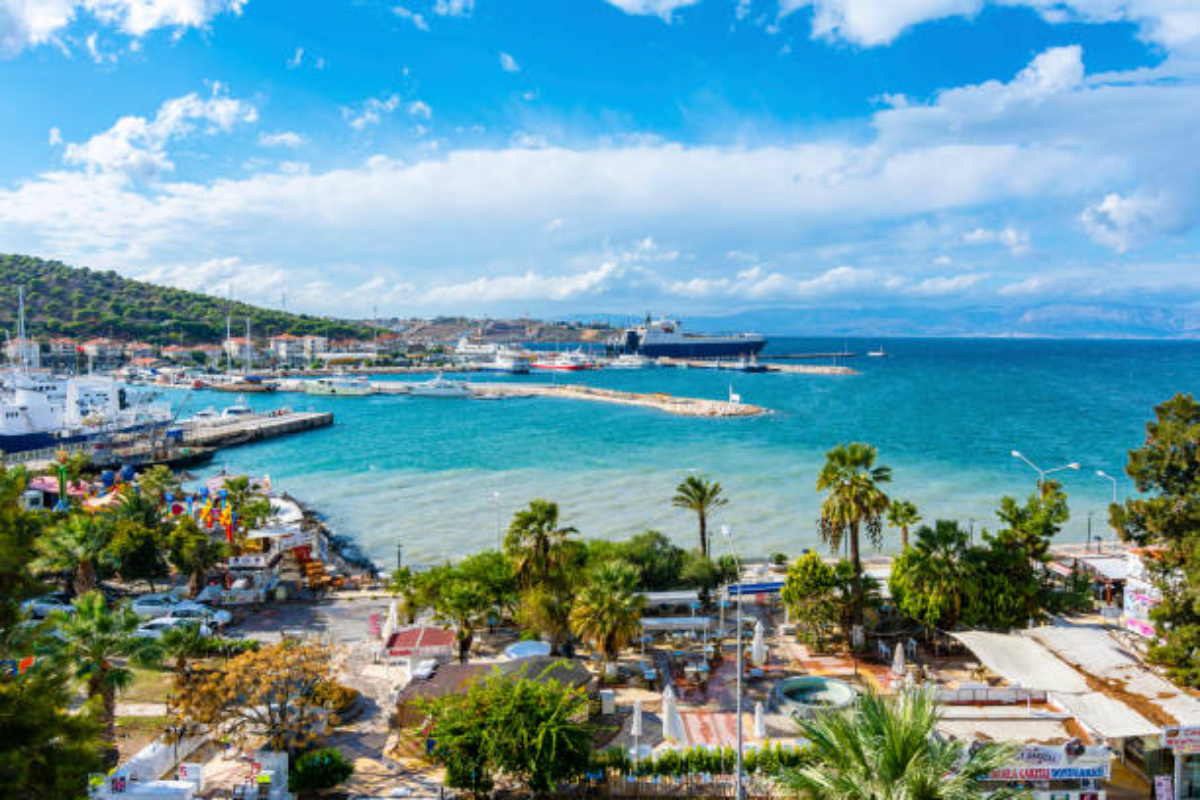Historical and Cultural Richness of the Eastern Region: From Past to Present

1. The Historical Depth of the Eastern Region
The Eastern Anatolia Region has hosted many civilizations throughout history. Great empires such as the Hittites, Urartians, Persians, Seljuks, and Ottomans have left their marks on this land. Each of them shaped the cultural fabric of the region and left behind important legacies that continue to this day.
The Urartian Civilization
The Urartian civilization, particularly influential around Lake Van, has left significant remnants that can still be seen today. Van Castle is one of the most important structures from the Urartian period. These architectural remains are crucial sources for understanding the region's history.
Seljuk and Ottoman Empires
The Seljuks conquered the Eastern Anatolia Region and created a significant cultural impact, adorning the region with architectural masterpieces. The Double Minaret Medrese in Erzurum is one of the most beautiful examples of the Seljuk era. During the Ottoman period, many cities in Eastern Anatolia became important centers of the empire.
2. Cultural Wealth of the Eastern Region
In addition to its historical significance, the Eastern Region also has a rich cultural structure. Home to various ethnic groups, the region contains numerous cultural elements, such as traditional handicrafts, cuisine, music, and dance.
Traditional Handicrafts
Handicrafts in the Eastern Region are an essential part of its cultural heritage. Traditional crafts such as carpet weaving, rug making, and copperwork reflect the region's cultural identity. Van carpets, Erzurum copper items, and Kars’ traditional kilims are examples of artisans' craftsmanship in the region.
Music and Dance
The music of the region has a multicultural structure, enriched by Turkish folk music and local instruments. Regional music is often performed with traditional instruments like the bağlama, kaval, and cura. Folk dances also play an important role in the region's cultural identity.
3. Natural Beauties and Tourism Potential of the Eastern Region
Apart from its historical wealth, the Eastern Region is also known for its natural beauty. This region attracts thousands of tourists every year, with its high mountains, vast valleys, lakes, and plateaus.
Mount Nemrut and its Giant Statues
Mount Nemrut in Adıyaman is one of the most famous tourist spots in the region. This mountain, with its giant statues and royal tombs from the Kingdom of Commagene, is of great cultural significance. As a UNESCO World Heritage Site, the area draws local and international tourists every year.
Lake Van
Lake Van, the largest soda lake in Turkey, is surrounded by historical ruins. Van Castle, Akdamar Island, and the church on the island are some of the important tourist sites in the area.
Erzurum Palandöken Mountain
Erzurum is famous for its winter tourism, especially Palandöken Mountain, which offers unique opportunities for skiing enthusiasts. This mountain adds to the region’s tourist appeal.
4. Regional Cuisine: Rich Flavors
The cuisine of the Eastern Region is another significant aspect of its culture. It is known for rich flavors, especially meat dishes, spices, and local specialties.
The Capital of Kebab: Adıyaman and Urfa Kebab
Adıyaman and Şanlıurfa are considered the capitals of kebab. Kebabs made in these cities are prepared with traditional methods and have unique flavors.
Van Breakfast
Van is famous for its breakfasts. Van breakfast includes a rich variety of cheeses, olives, honey, and butter.
Cheese and Cornbread from Kars
Kars is known for its unique cheeses and cornbread, which are the cornerstones of the region's cuisine. Kars’ famous aged cheddar cheese is also recognized both in Turkey and worldwide.










